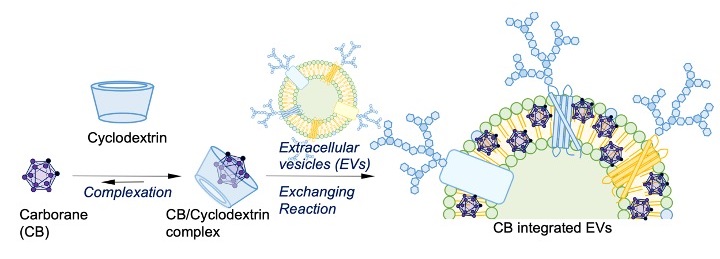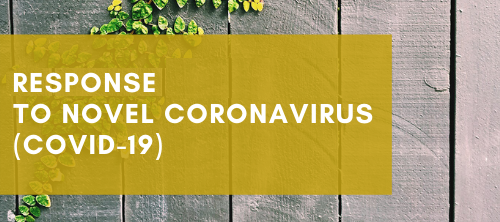Key points of this research results
- We have developed a method for introducing hydrophobic compounds including anticancer agents into extracellular vesicles without using organic solvents or physical stimuli.
Outline
Extracellular vesicles are secreted by cells with a diameter of several tens to several hundred nanometer and are known to function as intercellular communication tools. These days, it has become clear that biomolecules such as proteins, nucleic acids, sugar chains, and lipids are accumulated in extracellular vesicles, and that these molecules are used to direct to specific cell and to control the functions of the cells, thereby manipulating biological phenomena. Extracellular vesicles are not only highly biocompatible because they are membrane vesicles derived from living organisms, but they are also expected to be used as drug delivery carriers because not only hydrophilic drugs, but also hydrophobic drugs can be introduced into their interiors. To use extracellular vesicles as drug delivery carriers, it is important to develop drug loading technology. In the case of water-soluble nucleic acid and protein drugs, methods such as electroporation that use physical disruption of the membrane structure have been used. On the other hand, for the introduction of hydrophobic drugs, only methods that can destabilize the structure of extracellular vesicles, such as the use of organic solvents or the application of heat or ultrasound, have been used. Considering that most of the drugs currently approved by the FDA are hydrophobic drugs, the development of a technology to deliver hydrophobic drugs free of organic solvents and physical stimuli will greatly contribute to the development of drug delivery and formulation technologies based on extracellular vesicles.
We developed a method to introduce hydrophobic drugs into extracellular vesicles with high efficiency and uniformly by host exchange based on supramolecular chemistry. In addition, extracellular vesicles in which boron clusters, carborane, are accumulated have achieved high therapeutic performance in boron neutron capture therapy.

Paper Info
Extracellular Vesicles Comprising Carborane Prepared by a Host Exchanging Reaction as a Boron Carrier for Boron Neutron Capture Therapy, ACS Appl. Mater. Interfaces, 16, 47137-47149. (2023).
Riku Kawasaki* Ayano Oshige Nanami Kono Keita Yamana Hidetoshi Hirano Yamato Miura Ryuji Yorioka Kaori Bando Anri Tabata Naoki Yasukawa Masahiro Sadakane Yu Sanada Minoru Suzuki Takushi Takata Yoshinori Sakurai Hiroki Tanaka Dilimulati Yimiti Shigeru Miyaki Nobuo Adachi Ryosuke Mizuta Yoshihiro Sasaki Kazunari Akiyoshi Yoshihide Hattori Mitsunori Kirihata Takeshi Nagasaki Atsushi Ikeda*

 Home
Home



